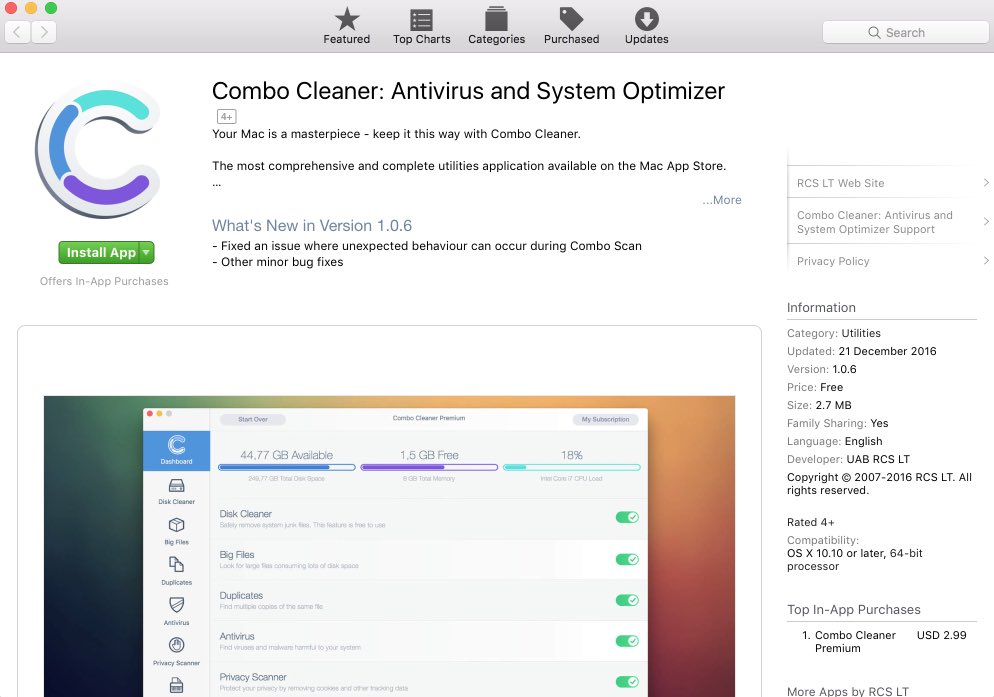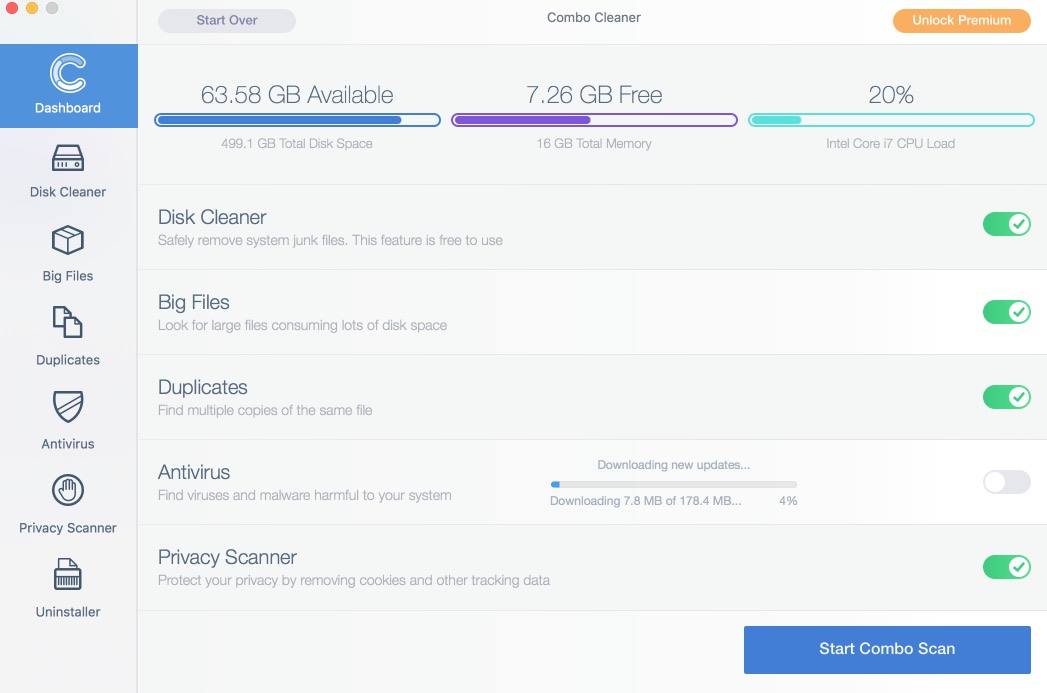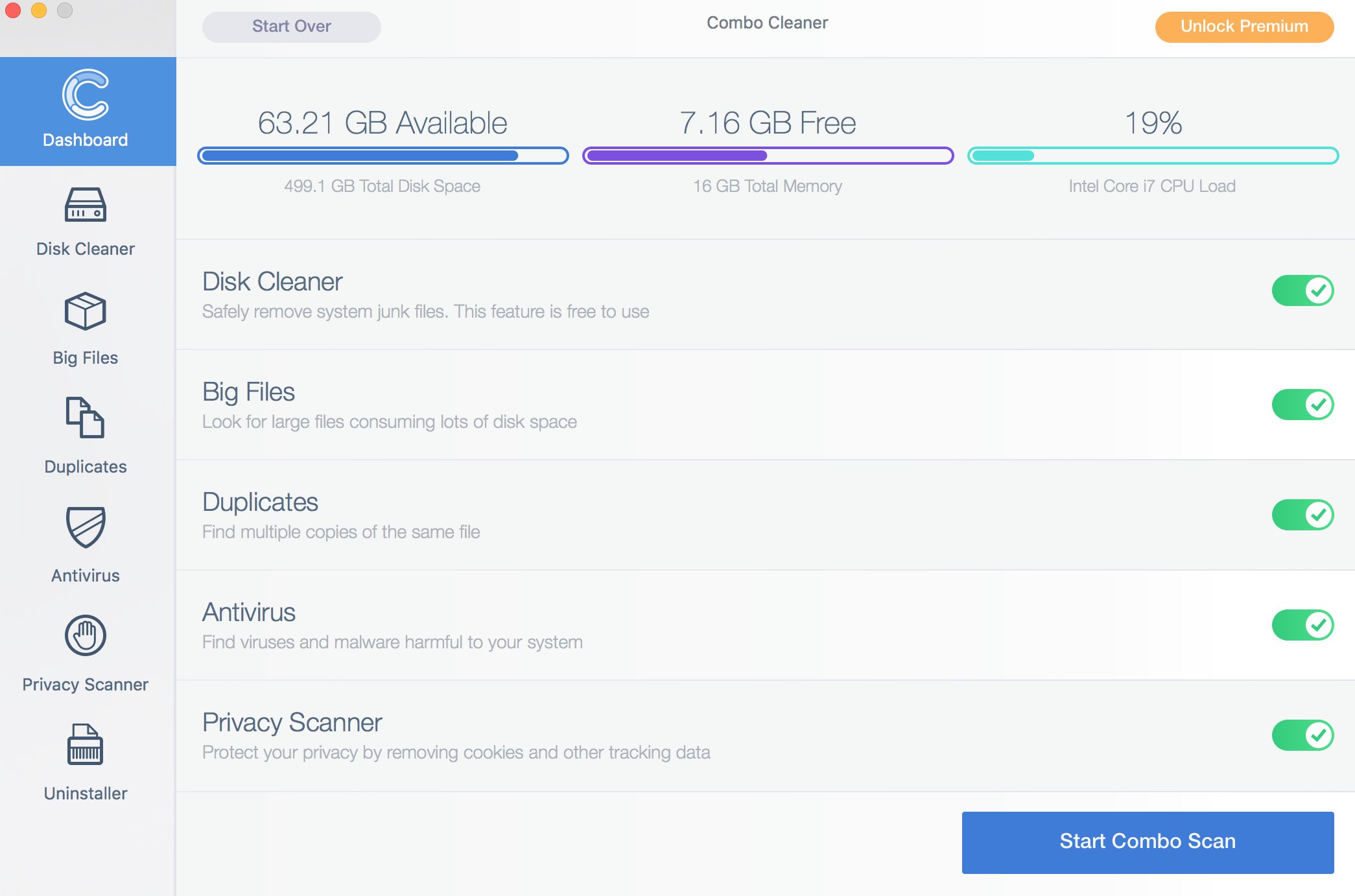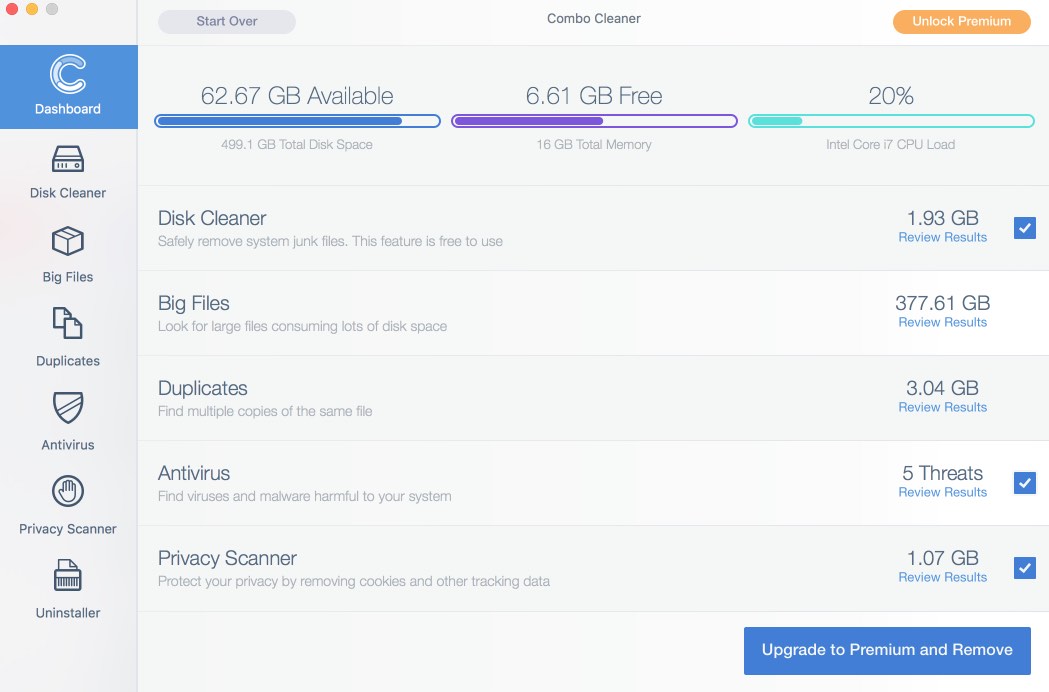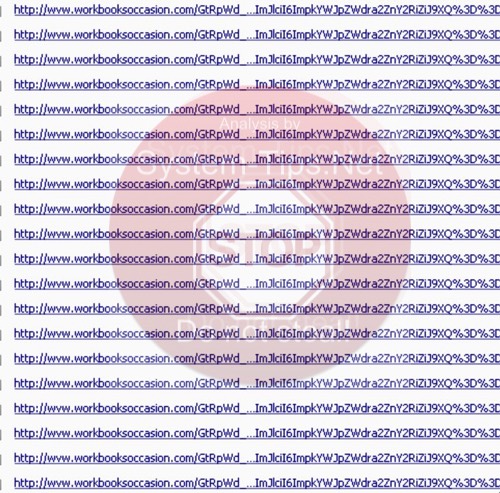Quick Mac Booster is a potentially unwanted program attacking Mac computers and essentially disturbing many customers right now. At first glance, it looks that Quick Mac Booster is a tool that tries to improve the performance of your Mac. However, this application was solely designed to force you into wasting your money for nothing. In reality, it reports a lot of false positives and then tries to make you buy the so-called full version of the program supposedly to get these issues fixed.
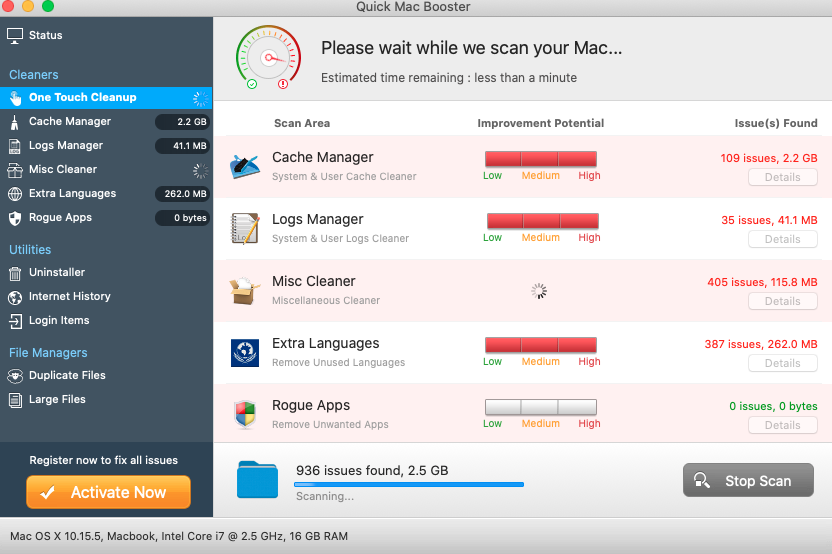
Quick Mac Booster removal menu.
How to get rid of Quick Mac Booster from Mac OSX systems?
Tips to fix your browser manually.
How does your Mac work with Quick Mac Booster enabled?
Quick Mac Booster is spread through integration of its installer with many third-party programs. Often it is distributed by means of fake software update alerts claiming that you need to update your Adobe Flash Player, Java or other software. When the scared customers agree with the deceptive proposal, they automatically end up installing Quick Mac Booster and possibly a lot of other extras.
Upon the successful installation, Quick Mac Booster performs a lot of unwanted amendments into the way your browser operates. It first sets you Mac to launch Quick Mac Booster automatically whenever you start it. Even when you make the decision to completely close this application, the hoax will keep periodically disturbing you with a lot of faulty statements about various threats supposedly found within your computer.
Quick Mac Booster is not able to fix any real Mac-related problems. It will not speed it up. If you mistakenly purchase its so-called licensed version, the application will simply perform the imitation of “fixing” your Mac. The false positives will be just removed, whereas real troubles will still remain.
In the light of the above-said information, we strongly advise you to get rid of Quick Mac Booster as soon as possible from your computer. You may access the list of all your available programs and move it to the Trash. If cannot do it manually, consider scanning your Mac with the reliable anti-malware tool based on the explanation below.
Recommended application and important milestones to get rid of Quick Mac Booster from Mac computers.
- Download Combo Cleaner for your Mac by clicking on the “Download Now” button below.
- You will be redirected to the App Store:
- Install the application and start it.
- Wait until Combo Cleaner downloads new updates (mandatory step):
- Once updates are downloaded and installed, click on “Start Combo Scan” button:
- To enable full functionality of Combo Cleaner and in order to delete detected malware, click on “Upgrade to Premium and Remove” button:

Detailed instructions to fix your browsers manually.
After you clean your computer from Quick Mac Booster it might be additionally useful that you follow additional steps that will help you to reset your browser back to the fully functional mode. These additional steps are manual and include removing suspicious extensions or complete reset of these infected browsers.
How to fix Mozilla Firefox manually.
How to fix Internet Explorer manually.
How to fix Opera manually.
How to fix Safari manually.
STEP 1. Fixing Google Chrome browser.
- In Google Chrome, click on its “Settings” button in the form of three vertical dots, then choose “Settings“.
- Choose “Extensions” in the left section of the window. Uncheck suspicious extensions, then click on the Trash icon related to it.
- NOTE. Final optional steps. Use these steps only if the above-mentioned methods to remove malware from Google Chrome did not help. When in Google Chrome settings mode, scroll down to the bottom of the page and click on “Show advanced settings“.
- Scroll down to the bottom of the page and click on “Reset settings” button.
- In the pop-up window, click on “Reset“.
Detailed video guide explaining how to fix your Google Chrome browser.
STEP 2. Fixing Mozilla Firefox.
- In Mozilla Firefox, click on the icon that looks in the form of three horizontal lines in the upper-right section of the browser window. Click on “Add-ons“.
- Click on the “Extensions” tab in the left part of the windows. Check suspicious extensions. If you identify them, click on “Disable“, then on “Remove“.
- NOTE. Final optional steps. Use these steps only if the above-mentioned methods to remove malware from Mozilla Firefox did not help. Click on the icon that looks in the form of three horizontal lines in the upper-right section of Mozilla Firefox and select the question-mark icon at the bottom of the drop-down menu.
- Click on “Troubleshooting information” in the slide-out menu.
- Select the “Refresh Firefox” button at the top right of the new web page.
- Finally, click on “Refresh Firefox” again to confirm the action.
Detailed video guide explaining how to fix Mozilla Firefox.
STEP 3. How to repair Internet Explorer browser.
- Click on Internet Explorer settings icon in the upper-right part of the browser in the form of a gear-wheel. Select “Manage add-ons“.
- Find suspicious toolbar or extension. Click on it (make it highlighted). Then click on “Disable” button related to this particular toolbar or extension.
- NOTE. Final optional steps. Use these steps only if the above-mentioned methods to remove malware from Internet Explorer did not help. Click on Internet Explorer settings icon in the upper-right part of the browser in the form of a gear-wheel. Select “Internet Options“.
- Select “Advanced” tab, then click on “Reset“.
- Select appropriate reset options, then click on “Reset“.
Detailed video guide explaining how to fix Internet Explorer.
STEP 4. How to fix Opera browser.
- Click on “Opera” menu in the upper-right part of the browser. Select “Extensions“, then click on “Manage extensions“.
- If you find anything suspicious, disable and delete it.
Detailed video guide explaining how to fix Opera.
Milestones to fix Safari in Mac OS X.
- Milestone 1. Click on “Safari” menu, then go to “Preferences“.
- Milestone 2. In the “General” tab set the home page back to google.com or other start page of your preference.
- Milestone 3. In the “Extensions” tab, locate suspicious extensions and click on “Uninstall“.
- Milestone 4. In Safari menu, select “Clear history” and click on “Clear History again“.
- Milestone 5. Get back to Safari menu, then click on “Preferences“.
- Milestone 6. Click on “Privacy” tab, then choose “Manage Website Data…“.
- Milestone 7. Click on “Remove All“, then on “Done“.
